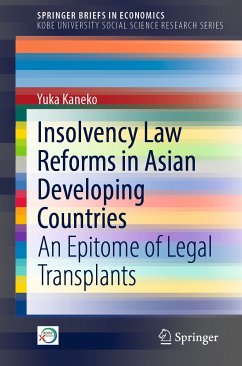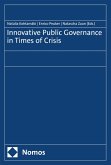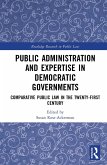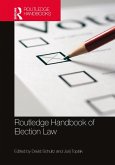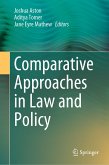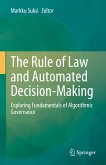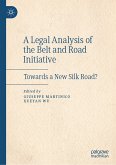Following the introduction in Chapter I, Chapter II reviews the basic theories and presents the methodological framework. Chapter III then analyzes the contents of insolvency law reforms in the major target countries, namely, Vietnam, Laos, and Myanmar. Chapter IV provides a closer investigation into the design choices of Myanmar's 2020 Insolvency Law as a typical example of the law reform involving the inter-donor conflict of law models between the Asian Development Bank and Japan's official development assistance project. Lastly, Chapter V applies an empirical approach to the functioning of insolvency law, through international collaboration for interview surveys with small and medium-sized enterprises (SMEs) and their financiers.
Dieser Download kann aus rechtlichen Gründen nur mit Rechnungsadresse in A, B, BG, CY, CZ, D, DK, EW, E, FIN, F, GR, HR, H, IRL, I, LT, L, LR, M, NL, PL, P, R, S, SLO, SK ausgeliefert werden.

